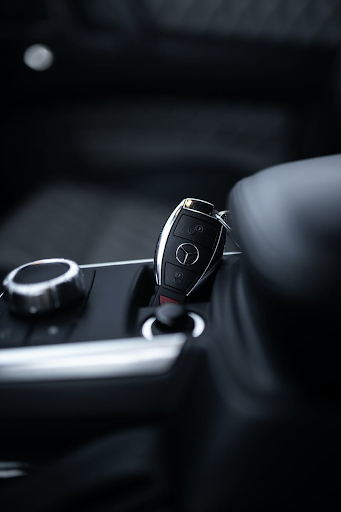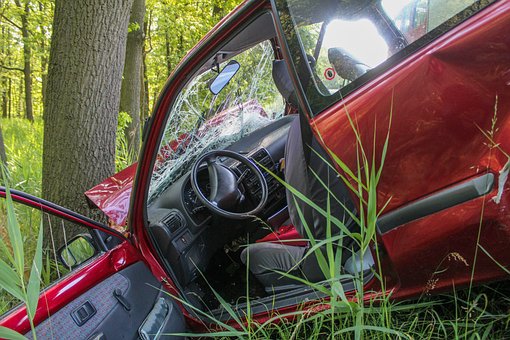Five ways to ensure your vehicle is in good shape
Wouldn’t it be great if your vehicle could run at its best and maintain the showroom-quality shine? Many vehicle owners might think this is a distant dream or something only experts can achieve, but that’s not true! Taking care of your vehicle is easier than you might think. You don’t have to spend a hefty amount to keep it looking good and running smoothly. With the right care and maintenance, you can ensure your vehicle remains in tip-top condition for years. This goes for private and commercial vehicles alike. However, commercial vehicles need a little extra attention. Since they are used for carrying goods and are constantly subjected to wear and tear, they require more attention. If your business owns tow trucks, utility trucks, boom trucks, or other commercial vehicles, it is mandatory to get regular dielectric tests and safety checks done.
These tests are meant to ensure that the current flow in the vehicle is accurate. Any electrical fault can prevent you from doing your job or, even worse, get you in an accident. Annual testing is required by ANSI and OSHA standards, so keeping your vehicle performance in check is extremely important. Hire professional dielectric testing service providers to get the job done quickly and efficiently, so you can keep operating your business without a problem. As for other maintenance tasks, it’s the same deal as private vehicles. Following these simple tips can help keep your vehicle running in tip-top shape.
1. Change the oil regularly
Oil is the lifeblood of your vehicle, providing lubrication and cooling for its parts. After a certain amount of time or mileage, the oil will break down and become less effective. It’ll accumulate dirt, dust, and other particles, clogging up the engine and compromising its performance. Regularly changing your oil can help protect your engine from serious damage and help it run smoothly and more efficiently. Ensure you always keep the oil at its recommended level and replace it as your vehicle’s manufacturer instructed. If you don’t remember when you changed the oil last time, lift the hood and check the oil tube by inserting the dipstick. If the oil looks dark and murky, it’s time to change it.
2. Check the air filter
The air filter is instrumental in ensuring the air circulating throughout the engine is clean and free of pollutants. A dirty air filter can cause many problems, such as reducing fuel efficiency and causing the engine to run rough, potentially leading to much more costly repairs. If it looks clogged or dirty, replace it immediately. If it looks clean, then you’re good to go! Taking the time to check and replace your air filter will ensure the air circulation through the vehicle is appropriate. It will optimize the engine’s performance and longevity. You’ll also be breathing in much cleaner air!
3. Maintain brakes in good condition
Brake pads, calipers, and rotors are essential components of a vehicle’s braking system. It’s critical to check your brakes often and replace them when needed to ensure safety. Doing so can help you avoid accidents or costly repairs. Plus, having your brakes in excellent condition provides a smoother ride and better vehicle control.
Five signs that it’s time to replace your brakes:
- Squealing, grinding, or other unusual noises when you press the brake pedal
- Vibrations in your steering wheel when you press the brake pedal
- The brake pedal feels like its sinking to the floor when pressed
- A spongy feeling in the brake pedal
Invest in quality when it comes to the brake system. It’s integral to your vehicle’s performance and safety.
4. Check the tires and pressure levels
Tire condition and pressure levels are imperative for a safe and efficient ride. Ensure your tires are the right type for your vehicle and have the correct tread depth of 2/32”. An efficient way to check the tread depth is by inserting a penny with Lincoln’s head facing down into the tire groove. If you can see President Lincoln’s head, the tread depth is below 2/32″, and you need to replace that tire. Make sure to determine the tire size before replacing them, and keep a spare tire handy for emergencies.
You should also regularly check the tire pressure to ensure you’re driving with enough air in the tires. Use a tire gauge to check—the PSI rating should be printed on the side of your tire. If the pressure is low, you may experience reduced traction and decreased fuel efficiency. It’ll also take you longer to stop when hitting the brakes. So, keep your tires inflated adequately for a secure and comfortable ride.
5. Don’t forget the interiors
Taking care of your vehicle’s interiors is crucial for its overall presentation. Vacuuming the seats, carpets, and upholstery keeps your vehicle clean and removes dust and grime that can eventually cause damage. Treat leather surfaces with conditioner to keep them supple and prevent cracking. Use mild car-washing soap to keep your dashboard, doors, center console, and other plastic surfaces clean and shiny. Finally, don’t forget the windows! Clean them inside and out to ensure a clear view. Avoid leaving any beverages or food inside the vehicle, especially sugary drinks, which can attract ants and other insects. Regularly wiping down these surfaces will ensure a comfortable interior environment for you and your passengers. It’ll also help keep the vehicle’s overall value high.
Conclusion:
Whether you own a private vehicle or a commercial fleet, proper maintenance will keep it running in top condition. Check the oil, air filters, and other essential vehicle parts regularly. Maintain a clean interior environment by periodically cleaning windows, wiping surfaces, and avoiding leaving food inside. Get into the habit of checking tire condition and pressure, and keep your vehicle free of debris and dirt. These steps ensure that your car, truck, or van last for years while keeping its overall value high.
Check Next >https://www.neoadviser.com/locked-your-keys-in-the-car-heres-what-to-do/














